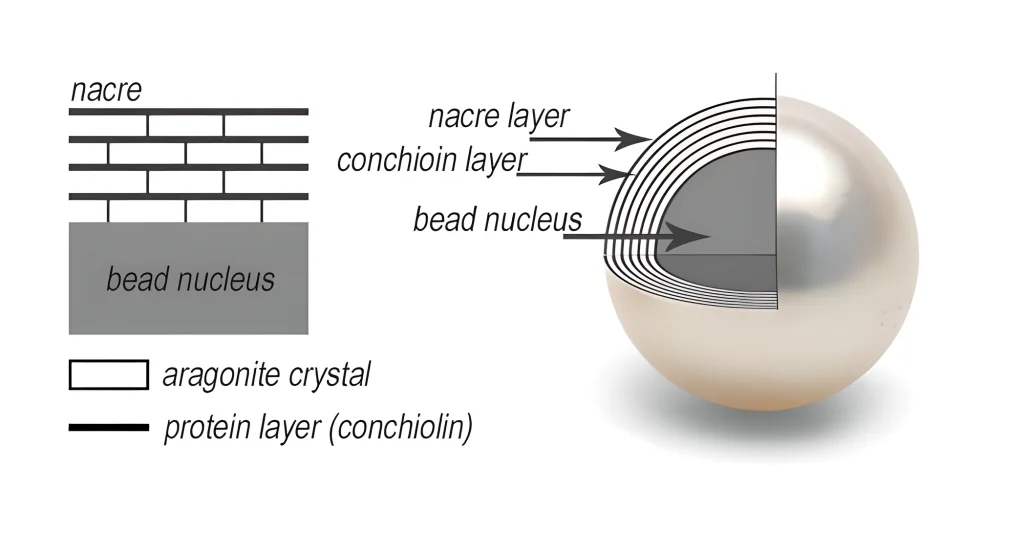Where Do Pearls Come From: From Ocean to Jewelry

Pearls, often referred to as the “gems of the sea,” have captivated humans for centuries with their lustrous beauty and timeless appeal. But have you ever wondered, where do pearls come from? This article will take you on a journey through the fascinating process of how pearls are formed, from the ocean to the jewelry you cherish.
1. The Origins of Pearls
Pearls originate in mollusks, primarily oysters and mussels, found in both saltwater and freshwater environments. When an irritant, such as a parasite or a grain of sand, enters the mollusk, it triggers a defense mechanism. The mollusk secretes layers of nacre (mother-of-pearl) around the irritant, gradually forming a pearl.
2. Natural vs. Cultured Pearls
- Natural Pearls: These are formed without any human intervention. They are extremely rare and valuable because they are created purely by nature’s processes.
- Cultured Pearls: These pearls are formed with human assistance. A technician inserts a nucleus (often a small bead or piece of shell) into the mollusk to initiate the pearl-forming process. This method allows for a more predictable and larger-scale production of pearls.

3. The Cultivation Process
Culturing pearls involves several stages:
- Nucleation: A small nucleus is carefully inserted into the mollusk.
- Cultivation: The mollusks are returned to the water and monitored over several months to years. During this time, they secrete layers of nacre around the nucleus.
- Harvesting: Once the pearls have developed sufficiently, they are harvested, cleaned, and sorted.
4. Conditions Required for Pearl Formation
Pearl formation requires specific conditions:
- Clean Water: The water must be free of pollutants to ensure the health of the mollusks and the quality of the pearls.
- Temperature: The water temperature needs to be within a range that is conducive to mollusk health.
- Nutrient-Rich Environment: The mollusks need a steady supply of plankton and other nutrients.
5. Quality Assessment
Pearls are assessed based on several factors:
- Luster: The quality of light reflections on the pearl’s surface.
- Surface: The presence of blemishes or irregularities.
- Shape: While perfectly round pearls are highly prized, baroque and other shapes are also valued for their uniqueness.
- Size: Larger pearls are generally more valuable.
- Color: Pearls come in various colors, including white, pink, silver, and black, each with its unique appeal.
6. From Ocean to Jewelry
After harvesting, pearls go through a meticulous process of cleaning, drilling, and stringing before they are set into beautiful jewelry pieces. Each pearl’s journey from the ocean to your jewelry box involves the careful work of numerous skilled artisans and technicians, ensuring that the final product is of the highest quality.
Conclusion
Understanding where pearls come from and the intricate processes involved in their formation enhances our appreciation for these natural wonders. Whether natural or cultured, pearls embody the beauty and mystery of the ocean, making them cherished adornments in the world of jewelry.
